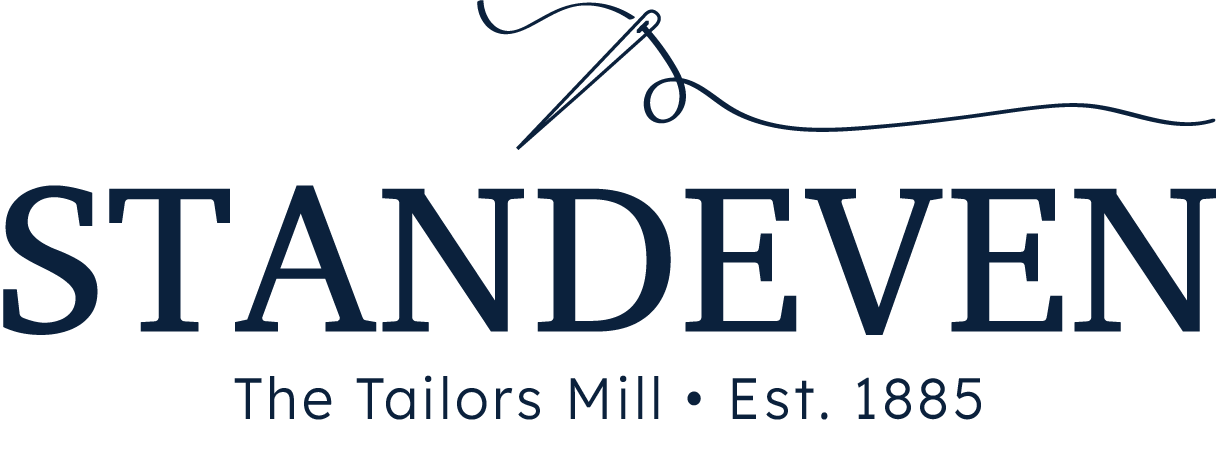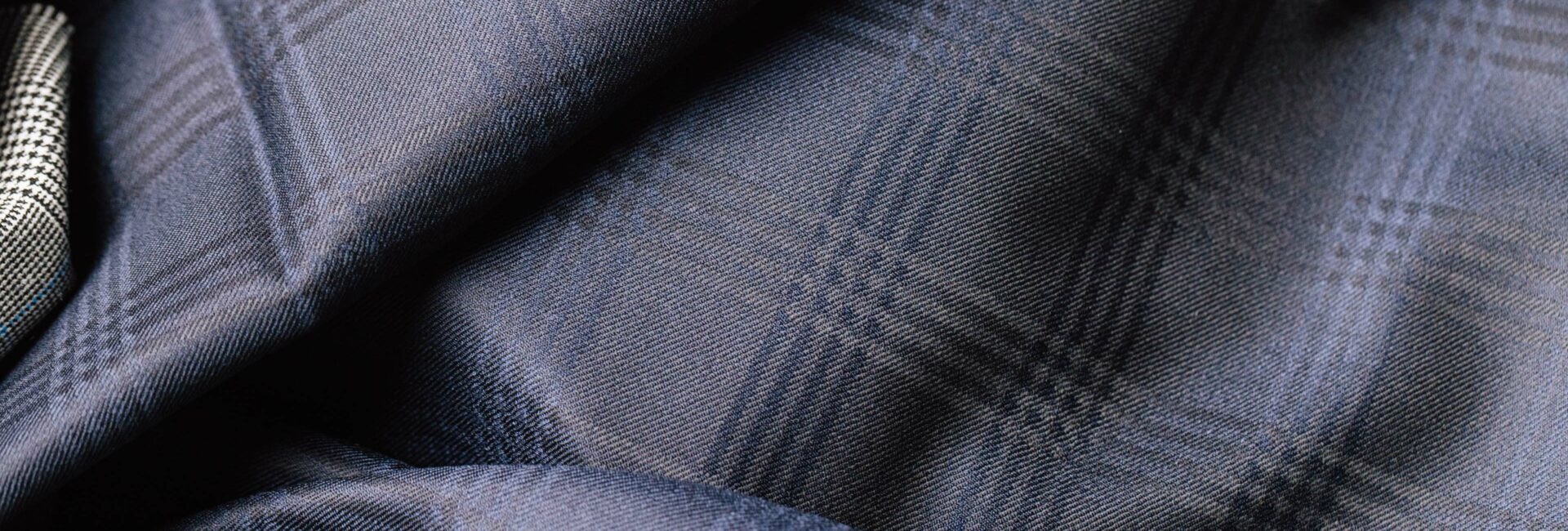The History of Escorial.
Escorial is a rare and luxurious wool with a history stretching over centuries.
Its origins trace back to a small sheep herd from North Africa’s Maghreb, brought to Spain by the Moors. The Moors were a historical group of Muslim people of North African origin who played a significant role in the history of Iberian Peninsula, including Spain.
The Moors had a considerable influence on various aspects of Iberian culture, including agriculture and husbandry, and their introduction of specific sheep breeds would have contributed to the development of unique and valuable wool varieties like Escorial.
Following the Moorish defeat at the hands of the Spanish over the next century, the sheep became royal property, adopted by Kind Phillip II and were grazed outside of El Escorial Palace in Madrid, giving rise to their name.

Once the exceptional properties of their fleece were recognised, a royal decree forbid the transport of the royal sheep out of Spain. That held until 1765, when King Charles III of Spain, gifted 100 Escorial sheep to his cousin Fredrick Augustus I, the Elector of Saxony. After Napoleon’s invasion of Spain dispersed the royal flocks, the Saxon contingent was the last Escorial flock still standing.
In 1829, 120 selected sheep were taken to the southern hemisphere by emigrating Scottish farmer Eliza Furlong, landing in Tasmania. Sadly, the rest of Escorial sheep in Europe died out in World War II, leaving the Australian flock as the sole survivors of the historical strain.
It wasn’t until 1987 when Peter Radford took 40 Australian lambs to South Island, New Zealand when founding The Escorial Group that we discovered this extraordinary fibre.

As of today, we are the exclusive manufacturers of Escorial. The fibres we use, are completely sustainable, traceable and direct descendants of the original lambs (which are genetically verified to ensure their origin).
Sourced from a select few farms in Australia and New Zealand, housing approximately 50,000 sheep. This figure, in stark contrast to the vast numbers of Merino sheep (170 million), cashmere goats (150 million), and vicuña (1 million), underscores the distinctive rarity of Escorial.
The modern story of Escorial is one of rediscovery, with a long, rich royal heritage which we are proud to be a part of.

Robert McQuillan, our Escorial Brand Manager goes into further details about the history of this extraordinary fibre see here.
back to news

